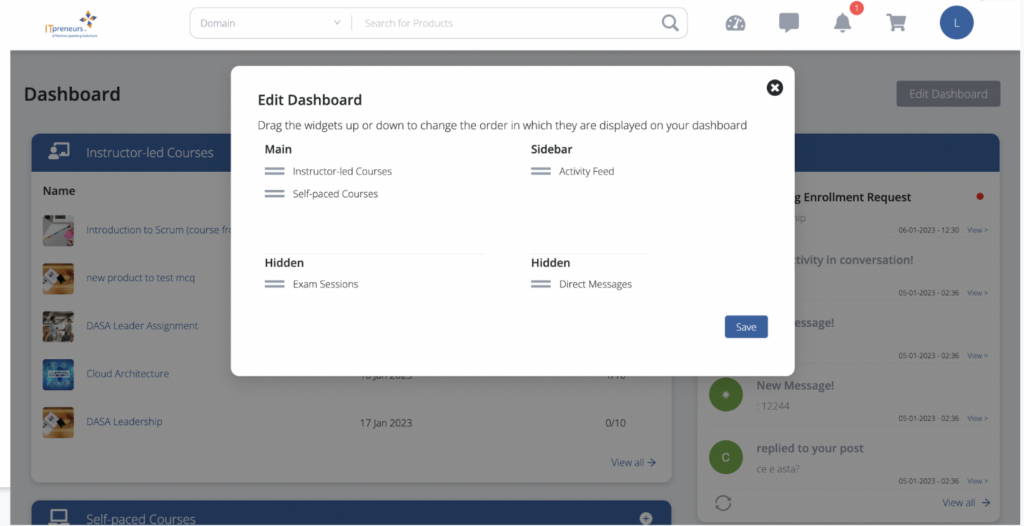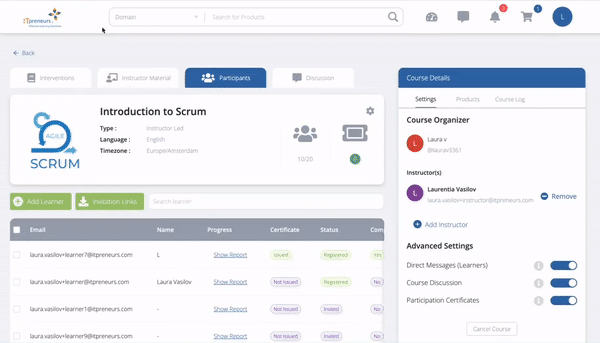You may have noticed recent discussions about the Project Management Office (PMO). Should we keep it, change it or demolish it? In this fast-changing business environment, it’s difficult to stay alive, if you’re still holding on to a decision you made five years ago!
We all know that establishing a PMO can help you regain control of a failing project. A PMO should enable the organization to implement processes and methods that help the organization, not only meet their technical goals, but also accomplish the processes around the implemented technology. We also agreed that the PMO should be neutral in the management role that it plays—operating as a center of excellence and as the custodian of the methodology chosen for the project managers.
When they were established, many PMOs chose only one methodology for solving their organization’s problems. They were simply following the standard structure. However, over time, not just project managers, but project sponsors and program managers started asking for different methodologies to manage their projects with.
How can you let each project team choose a different methodology, such as Waterfall, Agile, PRINCE2, Kanban, Scrum, and still be able to help them succeed? It’s easier than you think! First, let’s agree that the PMO is not a policing organization. It‘s not the PMO’s role to monitor and control a project’s budget, or resources or scope! This is the project manager’s and sponsor’s role (along with other related departments).
In addition, all these methodologies have one common goal… to make the project a success. There are certain tasks that need to be included in every project, such as reporting format. This is the governance part of the PMO; identifying high-level objectives and requirements. The second part of the PMO function should be support; providing guidance on which methodology to choose for a project, or even for a work package. This also includes training around the chosen methodologies.
In short, the most commonly used methodologies include:
- PRINCE2 (PRoject IN a Controlled Environment) is a structured, process-based approach for project management. This method is the de-facto standard for project management in the UK and is practiced worldwide.
- Waterfall is a sequential design process, in which progress is seen as flowing steadily downwards (like a waterfall) through the phases of Initiation, Planning, Analysis, Design, Develop, Testing, Production/Implementation, and Maintenance. PMI’s PMBOK is well suited to waterfall types of projects.
- Scrum is a simple, yet incredibly powerful set of principles and practices that helps teams deliver products in short cycles; enabling fast feedback, continual improvement, and rapid adaptation to change.
- Agile project management is an iterative and incremental method of managing the design and build activities for projects in a highly flexible and interactive manner.
- Kanban is a method for managing knowledge work with an emphasis on just-in-time delivery and reduced work-in-progress tasks. In this approach, the process, from definition of a task to its delivery to the customer, is displayed for participants to see; and developers pull work from a queue.
As you can see, each methodology has different strengths. To survive and thrive, a PMO’s best approach would be to provide knowledge, guidance and mentoring to project teams; helping them choose and apply the right methodology to fit the requirements of the project.
More information on the Project and Program Management courses is available in the ITpreneurs Course Catalog.
Need more information? Please contact ITpreneurs.
About the author

Agile Transformation Consultant, Lean / Agile Coach, Master Trainer, Senior Program Manager with the results-oriented approach for over 20 years. Continuous achievements in managing projects using traditional and agile methodologies and work closely with the process owners and teams to get the work done. Advocate for agile principles by modeling those principles and values in order to develop a shared mindset across teams as well as between the customer and the team.



